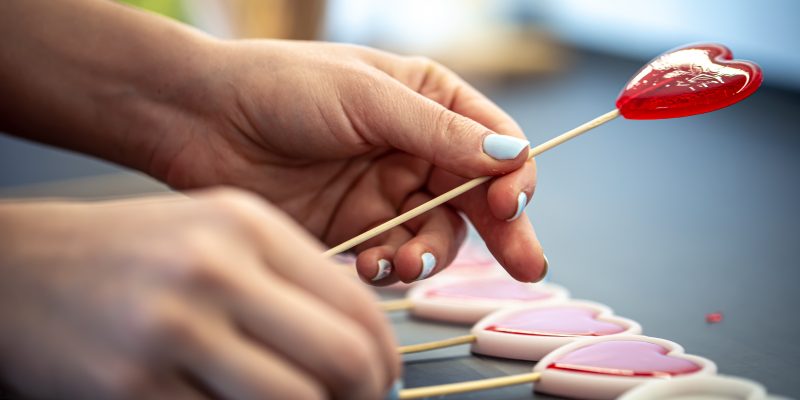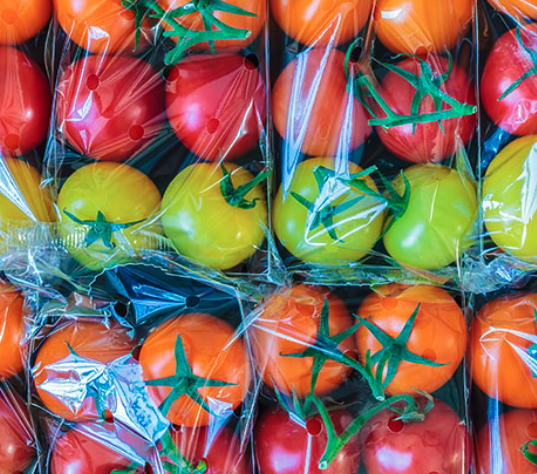
The Science of Candy: Sugar Chemistry
It's National Candy Month. Learn about the chemistry behind those sweet treats you’re giving your Valentine. Have you ever wondered how candy is made?

You may not know the role that chemistry plays in the food you eat every day. Whether it’s the naturally occurring chemicals in sweet summer fruits to the packaging that helps keep food safe and fresh, chemistry helps make your snacks, meals and holiday feasts possible. Learn more from the articles and topics below.
For more chemical safety facts, follow us on social media.
© 2005 – 2023 American Chemistry Council, Inc. The ACC mark, Responsible Care®, the hands logo mark, CHEMTREC®, TRANSCAER®, and americanchemistry.com are registered service marks of the American Chemistry Council, Inc.